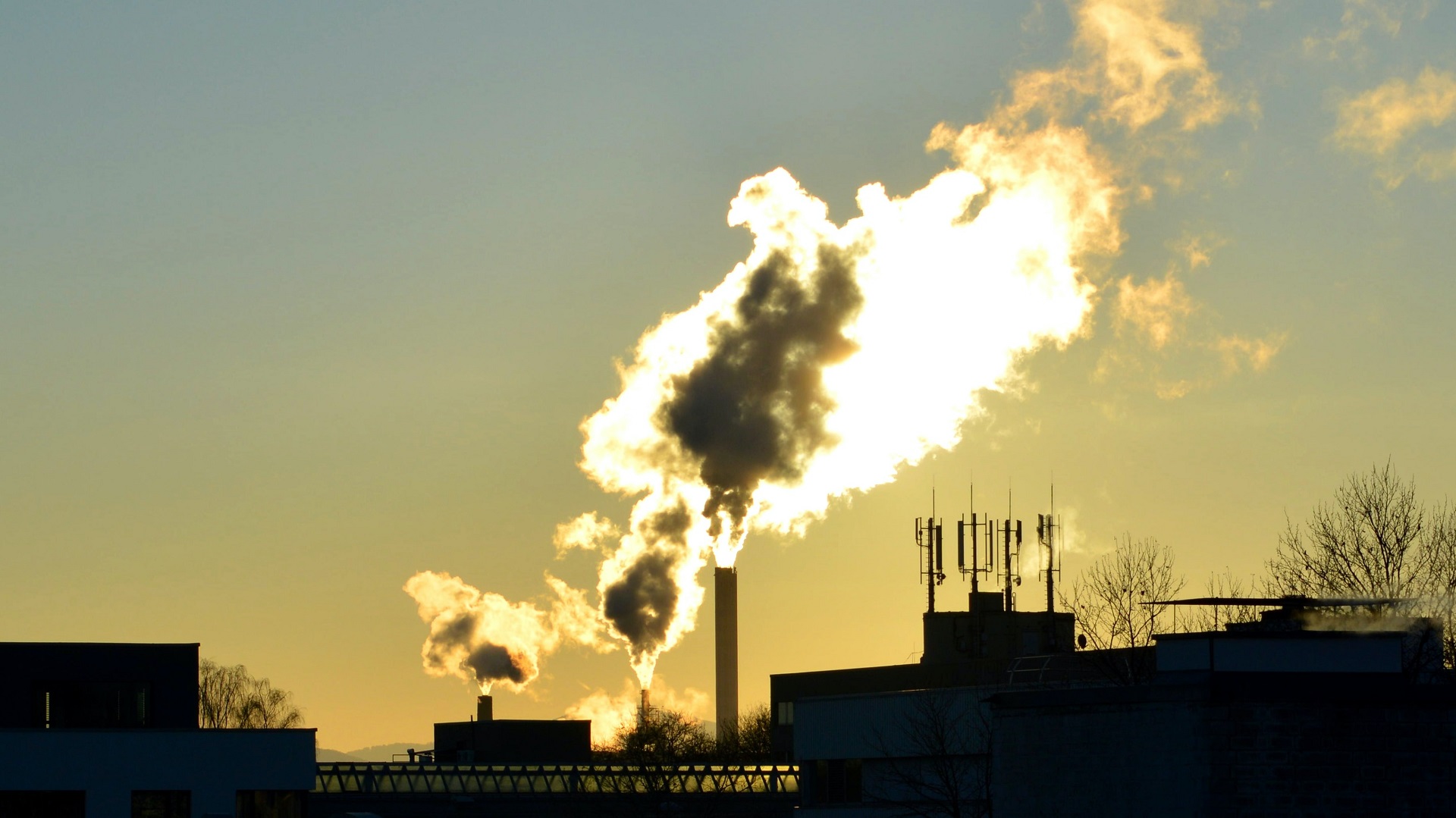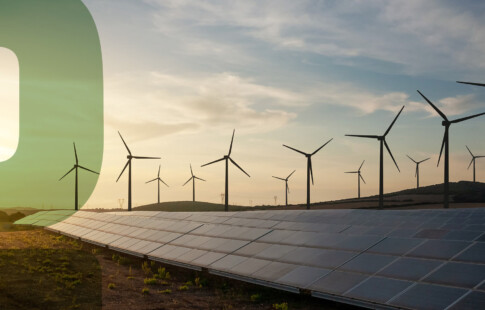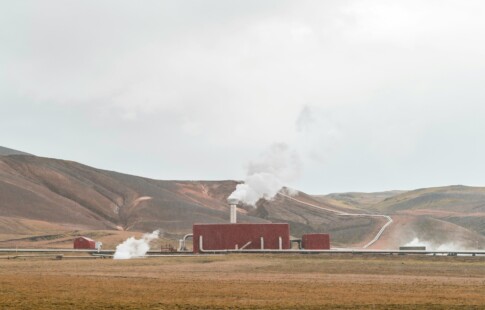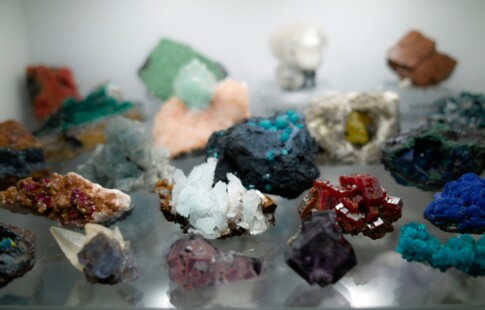
Incineration: Advantages and Disadvantages
We are reader-supported. When you buy through links on our site, we may earn affiliate commission.
The severity of landfills worldwide causes distress with an intensifying climate crisis. Humanity poses numerous solutions for curbing this issue, from recycling to incineration. Incineration has advantages and disadvantages, despite sounding like an ideal, simple solution to the complex waste problem. Do the pros outweigh the cons or vice versa? Could incineration relieve Earth weighed down by seemingly insurmountable tons of trash?
What is the Incineration Industry?
Commercial and industrial solid waste incineration units (CISWIs) burn food, animals, medical waste, and other consumer products. Burning all waste to nothing but ash appears to be a valid answer to the garbage problem because it reduces the space waste uses. It also reduces the chance for it to cause mass pollution — or does it?
Any complex using CISWIs must cleanse the glue gases before they’re allowed into nature. There are emission guidelines and legislation like the Clean Air Act set by federally regulating bodies, such as the Environmental Protection Agency in the US. They require analysis of nine air pollutants that incineration outfits have to monitor to reduce adverse environmental impact, including:
- Particulate matter
- Carbon monoxide
- Dioxins/furans
- Sulfur dioxide
- Nitrogen oxides
- Hydrogen chloride
- Lead
- Mercury
- Cadmium
Different incineration companies have distinct priorities, as municipal waste would focus more on specific emissions than on toxic materials from hospitals, such as mercury.
What Are the Advantages of Incineration?
No eco-friendly trash solution is perfect, but incineration could provide the movement with powerful boons to push climate goals.
Waste-to-Energy
Not every corporation that has CISWIs burns the trash just to burn it. Often, the byproducts created from the combustion, like heat and steam, could have applications. Companies could redirect those resources to thermal energy, capturing as many emissions as possible from the incineration process. There are a few waste-to-energy models, including but not limited to the following:
- Gasification: A conveyor flattens the waste before entering a reactor, then the residual gas and water are cleaned and treated. This method is known for releasing more emissions than other procedures.
- Rotary kiln: Drums, tanks, and other vessels dump product until a hopper burns the waste down a chute into a chamber, where intense temperatures attempt to eliminate as much harmful microbes as possible before being filtered through the chimney.
- Pyrolysis: A process that decomposes products into char using high temperatures. Most of the product is evaporated.
Space Reduction
The planet is losing space to landfills that could otherwise be used for developing communities or increasing industry. Incineration could reduce space by 95%, gifting regions back their land. Though the trash may have damaged the soil, it’s fixable through treatment and care.
Non-Organic Material Disposal
Landfills are not the optimal environment for organic waste to decompose or compost. However, it does happen eventually, whereas non-organic waste cannot break down into the soil healthily. Incineration provides an avenue for these objects.
Controlling Pollutants
Landfills produce methane and almost all air pollutants from incinerators. However, in incinerator buildings, the emissions are generally controlled. The most considerable concern for an incineration business is air and thermal pollution, whereas landfills pollute soil, water, and the air with toxins and leachate, a substance formed from landfill runoff.
What Are the Disadvantages of Incineration?
Burning toxic chemicals or heavy metals would raise concerns for most individuals, especially when environmentalists are aware of the imperfect nature of the energy industry. So, what are some of the red flags opposing incineration?
Promotes Wastefulness
Incineration solves the current waste problem but doesn’t consider the long-term issue — humanity needs to produce less waste overall to create a sustainable system. Incineration has possibly delayed the world in adopting a necessary waste-management mentality. Having incineration as an option is almost like having a constant excuse to continue throwing objects away because they can always get burned.
Pollution Levels
Though the pollution may be less than in landfills, the pollution incineration can emit, especially when it isn’t monitored, can reach dangerous levels. It is still not an ideal way to dispose of trash, but technology has improved measuring and filtering out easy-to-spread toxins. Additionally, building incineration plants brings a host of other potential pollutants and habitat destruction. Plus, it usually happens in underprivileged or underdeveloped areas.
Health and Safety Concerns
Workforces still reside in hazardous environments regardless of legislative actions trying to reduce exposure. The particulates released from incineration are detectable, but it’s challenging to monitor and curb without hefty financial investments for additional technology or to reimagine age-old burning processes.
Incineration Advantages and Disadvantages as Numbers
There appears to be a healthy balance of pros and cons for incineration, but the impact may be easier for your to crystallize if you see the data:
- Incineration is not accessible or ideal for all nations, especially in developing countries where waste moisture content is between 20-30% higher than developed nations. The goal is for trash disposal options to be intersectional and versatile.
- Hospitals may produce around 720,000 tons of infectious or hazardous waste per year, which is dangerous for incineration.
- Food waste is the most plentiful material in landfills, and incineration allows that 22% composition to disappear.
Some nations are able to incinerate more than what their infrastructure allows for recycling, allowing some form of waste reduction in areas where it would otherwise not be possible.
Is Incineration Good or Bad for the Planet?
Considering these factors, is incineration still a better alternative to landfills with how much environmental destruction they cause? In most cases, yes. However, it’s vital to know the consequences of incineration are not excused because it’s marginally better than dumping trash in landfills.
The query is only possible to answer by exploring the nuances of incineration. The benefits and drawbacks are circumstantial to the specific business and its practices or the country and its environmental benchmarks and oversight. Incineration may improve over time to aid positive eco-conscious efforts, or it could provide a temporary answer until greener and more sustainable innovations arrive — then companies phase it out. The sector’s future is hard to ascertain, but discourse will continue to unravel its environmental benefit.
Share on
Like what you read? Join other Environment.co readers!
Get the latest updates on our planet by subscribing to the Environment.co newsletter!
About the author
Grace Waters
Always inspired by the natural world around her, Grace grew up exploring tide pools and hiking mountain trails, developing a deep appreciation for biodiversity and conservation. Now, Grace works as the Senior Editor of Environment.co where she covers topics related to emerging clean technologies, zero-waste initiatives, and the intersection of environmental policy and everyday living.





